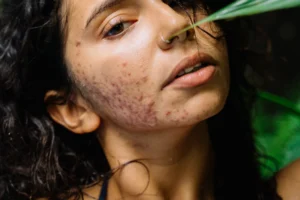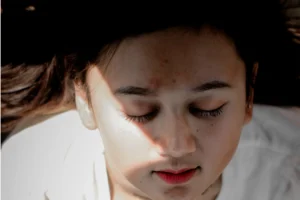
How To Treat Teenage Acne
Teenage acne is a common skin condition that affects millions of adolescents worldwide. It typically arises due to hormonal changes during puberty, leading to increased

Teenage acne is a common skin condition that affects millions of adolescents worldwide. It typically arises due to hormonal changes during puberty, leading to increased

Adult acne is defined as acne that develops (late-onset acne) or continues (persistent acne) after the age of 25 years. Adult acne can affect up

Isotretinoin is a retinoid derived from Vitamin A and is the only drug that has the potential to put acne into remission. If given at

Acne with Post-Inflammatory Hyperpigmentation refers to acne, usually in persons with a darker skin tone, where the breakouts lead to dark spots and/or scarring. It

Nodulocystic acne is a severe and inflammatory form of acne. This type of acne often leaves permanent scarring on the face, jawline, upper back, and

Papulopustular acne is the second stage of acne where you develop multiple, papules (red bumps) and pustules (pus-filled red bumps). Look for red, raised bumps

Comedonal acne is the first stage of acne where testosterone stimulates the sebaceous gland to produce more sebum. When there is an overproduction of sebum,

Backne is essentially acne that develops on the skin of the back, including the upper back, shoulders, and lower back. The skin naturally sheds dead

Lifestyle stresses, and hormonal and environmental factors all play a role in the development of acne, especially in adult women. Up to 40% of adult

Acne is an extremely common condition that mainly affects teenagers but is not uncommon in adults. All acne is hormonal but there is often a

Silymarin is a powerful antioxidant derived from the Milk Thistle plant (Silybum Marianum) and has been used for a wide range of therapeutic purposes in
"The good life is one inspired by love and guided by knowledge"
Bertrand Russell
Learn more about Rx labelled products.